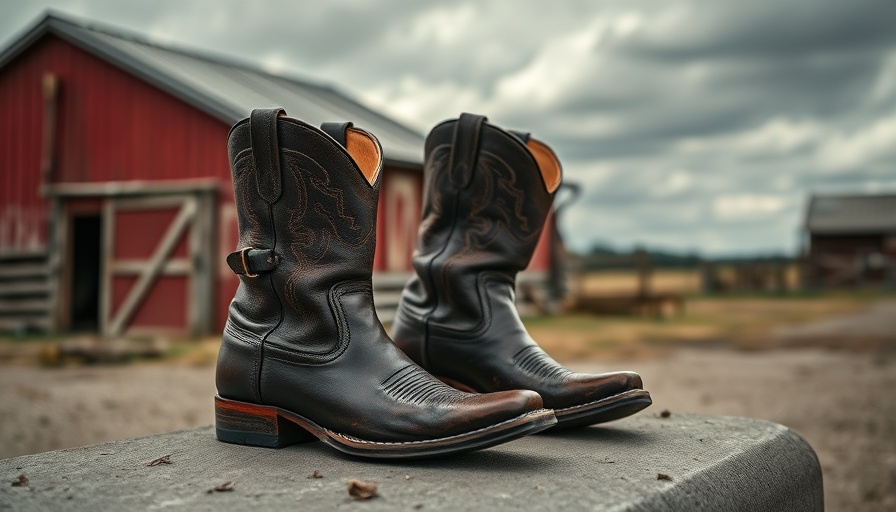
The Weight Of Tradition: What You Should Know About Cowboy Boots
Cowboy boots have stood the test of time as not just a stylish choice, but as a symbol of Western culture. From their rugged exterior to their intricate designs, these boots are more than just footwear; they're a part of a lifestyle. But how much do they really weigh, and what does that mean for those seeking comfort and quality?
How Much Do Cowboy Boots Weigh?
On average, men's cowboy boots weigh between 2 and 3 pounds per pair, though this can vary widely. Lighter styles can come in as low as 1.5 pounds, while more extravagant pairs may tip the scales at 4 pounds or more. This difference in weight largely hinges on the materials and construction techniques used.
Factors Influencing Cowboy Boot Weight
Understanding the intricacies that affect the weight of cowboy boots can be essential, especially if you’re a business owner considering them for your workforce or projects:
- Materials: The choice of material can make a substantial difference in weight. Traditional leather and exotic skins add heft, while lighter canvas or synthetics provide a more cushioned feel.
- Sole and Heel Design: Boots featuring thicker soles and heels will invariably feel heavier than sleeker designs. These choices can impact not only the overall weight but also the stability and support the wearer experiences.
- Added Features: Additional embellishments such as embroidery or studs can significantly influence weight. While these details enhance aesthetic appeal, they can also turn a lightweight boot into a heavier option.
- Boot Size: Just as with any footwear, larger sizes equate to greater weight due to more material being used in the construction.
- Brand Variance: Different brands approach construction and materiality uniquely, resulting in varying weights—even among similar styles.
Choosing the Right Cowboy Boots for Your Needs
When deciding on cowboy boots for personal or business use, consider not just the aesthetic and brand but also the weight. Heavy boots can provide durability but may become burdensome over long periods, especially for individuals on their feet all day.
Conversely, lighter boots can offer comfort without sacrificing style, making them suitable for various occasions—from formal events to rugged work environments. Understanding these factors will not only enhance your selection process but also ensure that your boots serve you well beyond their initial purchase.
Final Thoughts On Cowboy Boot Weight
In the vast landscape of cowboy boots, weight matters deeply. Whether you’re a business owner looking to invest in practical footwear for your team or simply a fan of Western culture, knowing how to navigate your options based on weight can lead to informed choices that marry style with function.
With cowboy boots, the allure of the Wild West carries weight—both literally and figuratively. So next time you’re shopping, take a moment to weigh your options—your feet will thank you!
 Add Row
Add Row  Add
Add 




Write A Comment